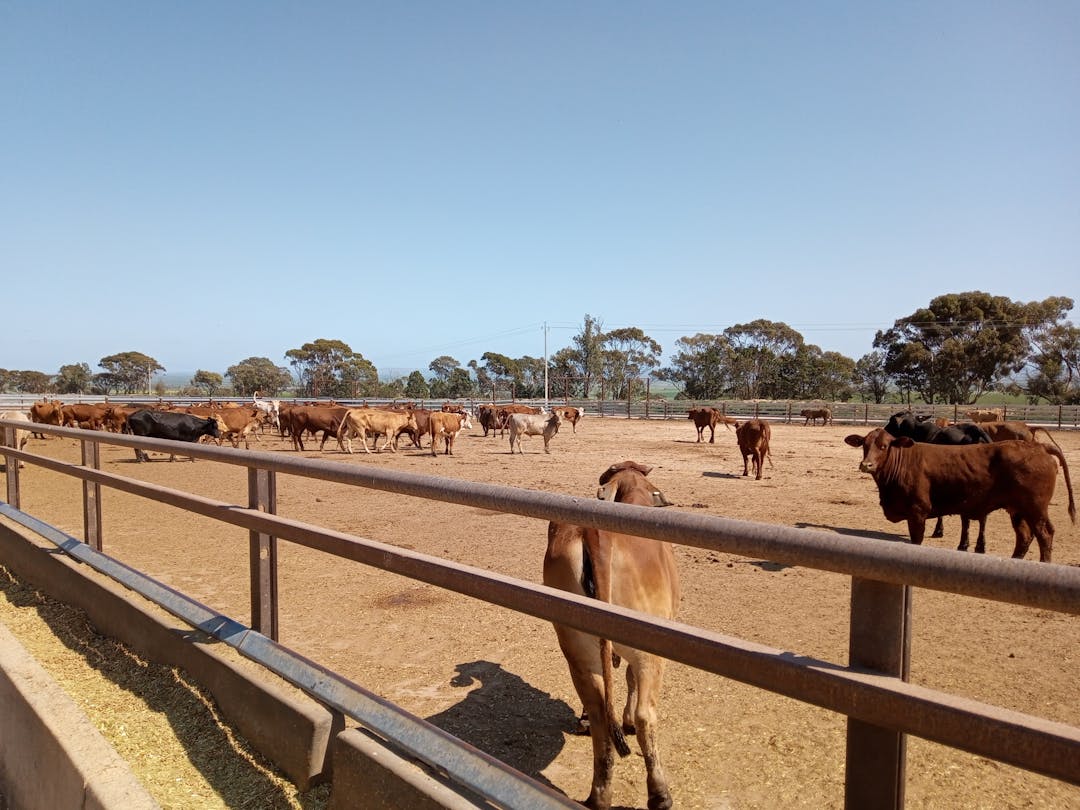The Environment Protection Act 1993 (EP Act) lists a range of criteria that the EPA must consider when determining whether to grant or refuse a licence application, as well as any conditions of the licence. The relevant criteria for Hale River’s licence application included:
- The objects of the EP Act, which include promoting the principles of ecologically sustainable development and applying a precautionary approach to the assessment of risk of environmental harm.
- The general environmental duty on all persons undertaking an activity that may pollute the environment to take all reasonable and practicable measures to prevent or minimise any resulting environmental harm.
- Relevant environment protection policies, including the Environment Protection (Air Quality) Policy 2016 and the Environment Protection (Water Quality) Policy 2015.
- The waste strategy for the State outlined in ‘Supporting the Circular Economy: South Australia’s Waste Strategy 2020-2025’.
- The development approval history for a cattle feedlot at the site.
- Written submissions made to the EPA, as well as Hale River’s responses to those submissions.
- Whether the application was duly made.
- Whether Hale River is a suitable person or company to hold an environmental authorisation.
The EPA consulted with the local community living near the site across several years to understand their concerns and has engaged with the Clare and Gilbert Valleys Council and relevant state government agencies.
The key community concerns relating to environmental aspects of the proposal include:
- odour
- dust
- soil and water contamination
- noise from the feedlot
- pests and vermin
- solid waste management.
The EPA examined these key environmental concerns with consideration for the siting and design of the feedlot through an extensive environmental assessment. The EPA’s assessment found that the identified environmental impacts can be mitigated by the management strategies proposed by Hale River and the EPA's regulation and enforcement of licence conditions.
The environmental impacts of cattle feedlots include odour, dust, noise, and soil and water contamination. These impacts can be mitigated through:
- Good feedlot siting and design.
- Sound environmental management strategies.
- Limiting cattle numbers and ensuring adequate separation between feedlots and sensitive receivers.
- Licence conditions and regular compliance activities, including inspections.
Environmental Management Plan
Hale River has developed a comprehensive Environmental Management Plan (EMP) through an iterative process that has involved multiple rounds of EPA review and the incorporation of community input. The EMP describes how Hale River’s operation of the feedlot might impact on the surrounding environment, details the mitigation and management measures that will be implemented to prevent and minimise these impacts, and documents the environmental monitoring requirements. Through its EPA licence, Hale River will be required to implement and comply with the approved EMP.
The EMP includes mitigation and management measures that relate to:
- air quality
- noise
- waste
- water
- land management
- hazardous substances and dangerous goods
- biosecurity
- animal welfare.
Separation distances
Ensuring adequate separation between a feedlot and sensitive receivers is a widely recognised way of reducing odour, dust, and noise impacts on the surrounding community. In accordance with the Environment Protection (Air Quality) Policy 2016, the EPA considered the Evaluation Distances Guideline in its assessment of Hale River’s licence application. Under the Evaluation Distances Guideline, separation distances for beef cattle feedlots are to be determined according to the National Guidelines for Beef Cattle Feedlots in Australia.
The National Guidelines (page 45) include a variable separation distance formula, called the S-factor equation, that determines the required minimum separation distance by considering various factors:
- the feedlot capacity
- feedlot design and management
- receptor types
- topography and terrain
- vegetative cover
- wind direction.
The available separation distance of the Hale River feedlot is fixed due to the locations of sensitive receivers. As such, the S-factor equation was converted to instead determine the maximum capacity of the feedlot. Based on a separation distance of 620 m to the nearest sensitive receiver and a conservative evaluation of the site-specific factors, the EPA’s assessment found that the capacity of the feedlot should be 1,394 SCU.
Licence conditions
The EPA has included licence conditions to minimise the risk of impact to the environment and local community. Compliance with the conditions of Hale River’s EPA licence will be monitored and managed through regular site inspections. The full list of conditions is included in Hale River’s EPA licence (#51599).

